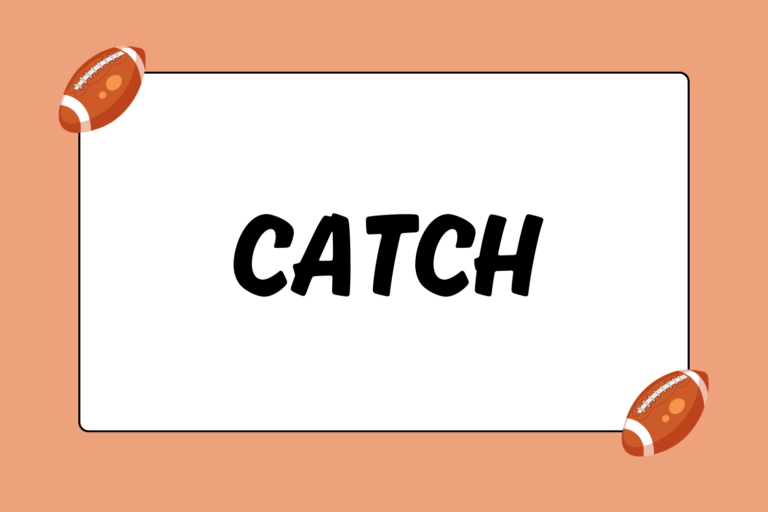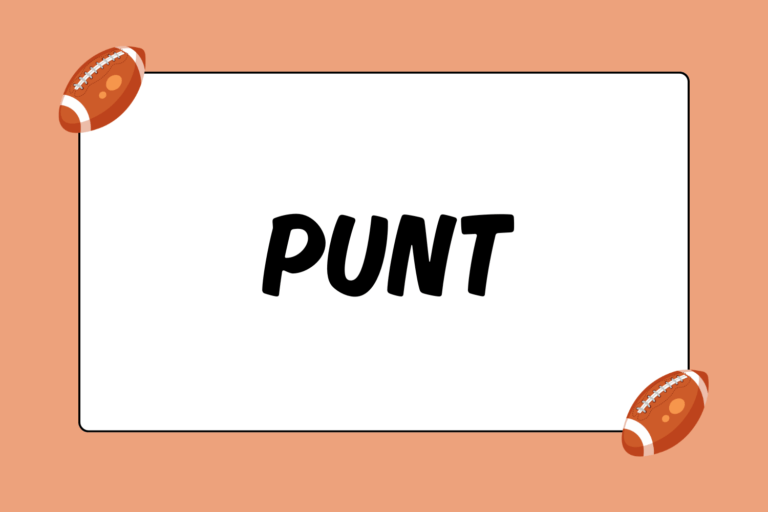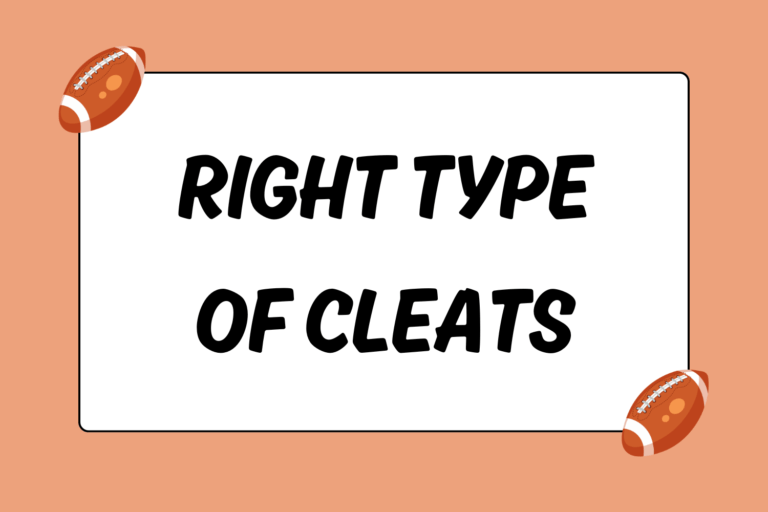Imagine all the various football positions as different pieces of military equipment: Some are built for size and power (like a tank or an offensive tackle), while others are built for speed and maneuverability (like a jet or cornerback). The linebacker position, on the other hand, is similar to a hybrid military vehicle that combines size, strength, and speed. Linebackers need the dominating power of a tackle, but they also need a cornerback’s explosive quickness. This guide identifies the different types of linebackers, and explains the subtle differences between them.
Two Types of Linebackers
There are several different denominations of linebacker titles — the specific terminology a team uses depends directly on their defensive scheme. However, regardless of the scheme used, most linebacker positions can be divided into two categories: Inside linebackers (ILB) and outside linebackers (OLB):
- ILBs are the linebackers in the middle of the field, positioned between other linebackers. The 4-3 formation uses one inside linebacker, while the 3-4 uses two.
- OLBs are the linebackers that are on the outskirts of the box, and have another linebacker only on one side. In both the 4-3 and 3-4 formations, there are two outside linebackers.
These categories refer to how the linebackers align themselves on the field, but there are several sub-categories of linebackers as well. The titles of these sub-categories also come from the linebackers’ relative field positions, but there are other characteristics and responsibilities inherent to these specific titles, which are explained below:
Strongside Linebackers
Strongside linebackers line up on the half of the field that has more offensive players, which is referred to as the “strongside.” Their primary responsibility is usually to get in the backfield and disrupt the play, though the same is true of the other defensive players in the box. True to the name, the strongside linebacker is also usually the strongest of the set, though this is not a hard and fast rule.
Weakside Linebackers
Weakside linebackers occupy the half of the field with fewer offensive players, thus the name. The weakside linebacker is often the fastest in the set for two main reasons:
- He frequently has to chase down the running back from behind on rushing plays.
- He will be called upon to drop back into pass coverage more frequently than the other linebackers.
Though he may have to routinely defend against the pass, his first job is to read and react to the play — unless a blitz has been called.
Middle Linebackers
Often acting as the quarterback of the defense, the middle linebacker is situated somewhere between the weakside and strongside linebacker. Another reason for the “defensive quarterback” nickname stems from the fact that the middle linebacker usually calls out the play to the rest of the defense. The middle linebacker must also be the smartest linebacker (and arguably defensive player) on the field, as he’s often responsible for reading the offensive formation before the play and making any needed adjustments.
A Double Threat
Essentially a hybrid between defensive linemen and backs, the linebacker position includes a wide range of obligations, and difficult ones to boot:
- They have to out-block offensive linemen.
- They have to chase down speedy running backs.
- They have to drop back and cover even speedier receivers.
- They have to correctly react to every play less than one second after it starts.
Regardless of type, all linebackers must be able to defend against both a rushing and passing attack. This dual responsibility makes the linebacker position arguably the most unique in the game.





